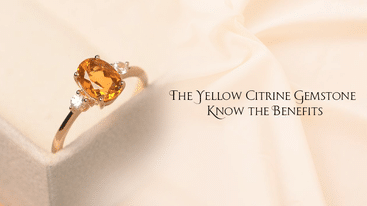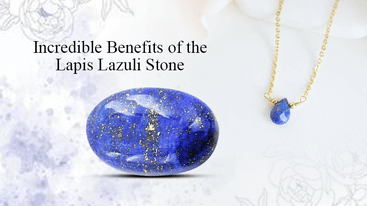Top 4 Types of the Playing Cards

If you’re quarantined at home and need something to help you relax and go asleep, then playing solitaire is a good choice. And card games with many players are quite common. It seems that social card games have been played for quite some time.
Sounds like a good time, but the number and diversity of card games available for large groups nowadays is incredible. This article provides a brief introduction to four common families of playing cards, as well as many of the most well-known (and some that can perhaps be considered “classic”) card games suitable for groups.
Tarot Cards
Tarot cards were created for entertainment purposes. In an unpublished document from before 1425, Martiano da Tortona provides a brief overview of how to use a deck of cards that is conceptually similar to the tarot. For the following two centuries, there are only fragmentary accounts of gameplay or game terminology until 1637, when a full set of rules for a French variation is first documented. Numerous regional adaptations of the tarot card game exist. If you are looking for the best tarot cards deck then you can get from the wjpc cards manufacturer.
Tarot saw its greatest renaissance in the 18th century, when it became one of the most popular card games in Europe, enjoyed almost everywhere with the exception of Ireland and Britain, the Iberian peninsula, and the Ottoman Balkans.
Taboo
Taboo, a relatively new addition to the card game genre, has been a hit among social gatherings ever since its first publication in 1989. This card game falls into the genre of those that eschew the traditional 52-card deck in favour of a smaller or larger number of cards. Each player in Taboo has a card with a word on it, and the goal of the game is to get their teammates to guess what that word is by hearing the person describe it. The catch, however, is that the card also includes a list of five or six terms that are usually associated with the allocated word but are off-limits to the player. Each of these terms is considered inappropriate conversation. Playing with a full complement of four is optimal. Taboo is one of the first of its kind, and it sets the bar high for other party games. The game has since been released in a number of other iterations, such as the Platinum Edition, Junior Edition, and Kids Edition. In the previous 30 years, approximately 20 editions have been published.
Uno
Uno is a traditional card game that also employs a non-standard deck of cards. In addition to the numbers, players will also uncover cards that provide them special abilities, such as skipping their opponents’ turns or forcing them to draw more cards. The objective is to use every card in your hand.
The purpose of the game is to be the first person to discard all of their cards from the deck. If a player is unable to play a card during their turn, they must draw a card and, if it is playable, may play it immediately. When a player has just one card remaining, they must shout “Uno!” to let everyone else know. If a player doesn’t call “uno” before someone else does, they have to draw a card. The card game Uno is perfect for two to ten players due to its ease of play, widespread popularity, and sheer enjoyment factor.
Canasta
Canasta, which is quite similar to Rummy, is played with 108 cards (two ordinary 52-card decks plus their Joker cards). Players, in the spirit of Rummy, attempt to form “melds,” or sets of cards, by combining identical cards or sequences of the same suit. The goal of the game is to “go out,” or play all of one’s cards, by combining seven cards of the same rank into melds. The game, which has various national versions today, was created in Montevideo, Uruguay in 1939 and is now widely regarded as “the most modern card game to have attained universal prominence as a classic.” As many players learned their house’s version of the rules as children, Canasta has gained a reputation for having as many sets of rules as players.




